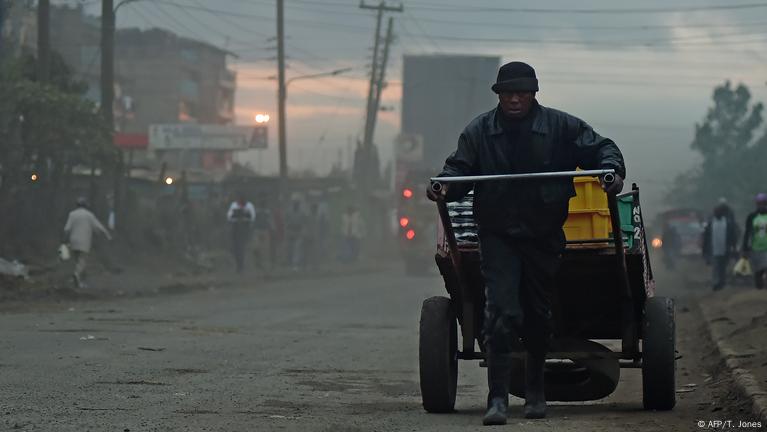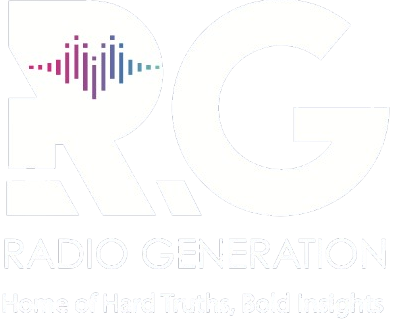Nairobi’s dirty air putting children at risk, health expert warns

Dr Justus Simba, a senior lecturer at JKUAT’s Department of Child Health and Paediatrics, said the health of children living in the capital is being directly impacted by the city’s polluted environment.
Children in Nairobi are facing a higher risk of lung disease compared to their peers in rural areas due to continued exposure to polluted air, a child health expert has warned.
Dr Justus Simba, a senior lecturer at JKUAT’s Department of Child Health and Paediatrics, said the health of children living in the capital is being directly impacted by the city’s polluted environment. He made the remarks on Wednesday during the second day of the Clean Air Forum held in Nairobi.
“There is a lot of global evidence showing that children’s lungs are affected when they live in polluted environments. Studies have also looked at patients, and as a lung specialist, I can say that the key change needed is either reducing pollution or moving them to cleaner areas,” Simba said.
He explained that, from clinical experience, relocating children even within different areas of the same city has led to improvements in symptoms.
“From a clinical perspective as a paediatrician, I’ve seen cases where simply relocating a child from one side of the city, especially from more polluted areas, leads to an improvement in symptoms.”
Simba highlighted air pollution as a major factor behind the rise in asthma cases among children. He noted that many of his patients show increased symptoms whenever they are in Nairobi, as compared to rural or less congested areas.
“I’ve seen patients whose symptoms worsen when they visit Nairobi compared to when they are in rural areas or other towns,” he said.
Citing a recent study conducted by one of his colleagues alongside other researchers, Simba said air pollution levels peak during the early and late rush hours, around 6 am and 6 pm, as vehicle emissions spike.
He further pointed out that prolonged exposure to pollution harms the protective lining of the airways, which increases the chances of lung infections such as pneumonia, especially in children.
Simba urged families to take steps to reduce indoor pollution as well. “Air pollution comes from both outside and inside the house. For indoor air, simple measures like keeping windows open during the day, even in colder months, can help reduce pollutants,” he said.
He warned about indoor threats such as mould and harmful cooking fuels. “The safest and cleanest option is electricity, followed by gas. These choices significantly reduce indoor air pollution,” he said.
He also recommended that families living near busy highways move slightly further away from the road to minimise exposure to harmful vehicle emissions.
According to the World Health Organisation, air pollution causes about 600,000 deaths every year among children under the age of 15 due to respiratory infections. In 2021 alone, it was linked to more than 700,000 deaths in children below five years.
Simba emphasised that children are more at risk because their lungs and immune systems are still developing, making them more vulnerable to the effects of polluted air.
